- Overview
- Trip Outline
- Trip Includes
- Gallery
- Reviews
- Booking
- FAQ
Food & Drinks
Western Food
Local Food
Vegetarian Options
Snacks All Day
Vegan Options
Welcome Cocktails
Full-board Option
If you have any specific dietary requirements whilst on-board your cruise, you can add this to your special requests
Day 1 (Wednesday): Arrive at Baltra Airport/Santa Cruz Island
Santa Cruz Island
- Highlands of Santa Cruz: Galapagos giant tortoises can be seen in the wild in the highlands of Santa Cruz.
- Charles Darwin Station: Visit the Charles Darwin Station is a research facility and National Park Information center. The Charles Darwin Station has a giant tortoise and land iguana breeding program and interpretation center.
Day 2 (Thursday): Sombrero Chino Island/Rábida Island
- Sombrero Chino: Sombrero Chino is a small volcanic island just off the southeast tip of Santiago. The name of the island describes the shape of the island. Fauna includes Sea lions, marine iguanas, and the Galapagos penguin.
- Rábida Island: Rábida is a small island with a dark red coral sand beach. Highlights include the lagoon with flamingoes, pelican nesting site, sea lion bachelor colony, and a snorkeling site at the end of the beach.
Day 3 (Friday): Isabela Island
- Isabela Island (Albemarle): Isabela is the largest of the Galapagos Islands formed by five active volcanoes fused together. Wolf Volcano is the highest point in the entire Galapagos at 1707m.
- Sierra Negra: Volcan Sierra Negra has a caldera with a diameter of 10km. View recent lava flows, moist highland vegetation, and parasitic cones.
- Puerto Villamil: Puerto Villamil is a charming small town on a white sand beach. Highlights include the Tortoise Breeding Station and the flamingo lagoon. Other visits (depending on conditions) are the Tintoreras or Los Humedales.
Day 4 (Saturday): Isabela (Albemarle) Island
- Elizabeth Bay: This spot is only accessible by dinghy. It is possible to see penguins on the small islets in the bay. The end of the bay is long and narrow surrounded by three species of mangroves. Galapagos Sea Turtles and rays can usually be seen in the water.
- Punta Moreno: Punta Moreno is located in the central southwestern coast of Isabela Island. The site has spectacular views of volcanoes Alcedo, Sierra Negra, and Cerro Azul. Some highlights include impressive lava flows, desolate and pristine landscape, varied and unusual arid zone vegetation.
Day 5 (Sunday): Isabela (Albemarle) Island
- Urbina Bay: Urbina Bay is located at the central-west coast of Isabela Island at the foothills of Alcedo and Darwin volcanoes. Highlights include the colorful land iguanas, Galapagos Giant tortoises, and the coral uplifting from 1954.
- Tagus Cove: Tagus Cove is a natural harbor where centuries ago whalers and pirates left their ship’s names painted or carved on the rocks. A walk uphill to Darwin’s Crater salt-water lake will provide an excellent view.
Day 6 (Monday): Fernandina Island/Isabela Island
Fernandina Island: Fernandina is the youngest volcanic island and is still active.
- Punta Espinoza: Punta Espinoza is a place famous for its large colonies of marine iguanas and as the habitat of unique species like the flightless cormorant, Galapagos penguin, Galapagos hawk, Galapagos snake, among others.
Isabela Island
- Punta Vicente Roca: This site is visited by dinghy rides along the cliffs or the partially sunken cave at the water’s edge. Nasca boobies, blue-footed boobies, and flightless cormorants inhabit the shoreline.
Day 7 (Tuesday): James (Santiago) Island/Bartolome Island
James (Santiago) Island: This Island is located between Isabela and Santa Cruz Islands. This Island offers a wide variety of seabirds, marine iguanas, and fur seals.
- Playa Espumilla: Espumilla Beach has a beautiful contrast between the golden beach and the green mangroves. It is also a great site to see flamingos, pintail ducks, green sea turtle nests, and the Galapagos Hawk. It is also a good site to go for a cool-off swim or a snorkel.
- Buccaneers Cove: This site was Charles Darwin’s home for 9 days. As well as a resting site for many whalers and pirates. With this rich history, Buccaneers Cove is a must-see. Enjoy a panga ride or snorkel looking for Galapagos Fur Seals, Brown Noddies, Pelicans, and Swallow-tailed Gulls
Bartolome Island: A hike will take you to the highest point on Bartolome for a spectacular view. Sea lions and penguins can be seen around Pinnacle Rock. There is a sandy beach with great swimming and snorkeling.
Day 8 (Wednesday): North Seymour Island/Baltra for the return flight to Quito
North Seymour Island: This flat piece of land originated after an uplifting event thousands of years ago. The island is home to endemic Palo Santo trees, colonies of blue-footed boobies, swallow-tailed gulls, and magnificent frigate birds.
Baltra: Return flight to Quito or Guayaquil
snacks, tea and coffee on the boat
Wet suit, mask and fins
Bilingual guide Spanish / English
Shared boat for sightseeing
Arrival / departure transfersLunch,
No Details Found




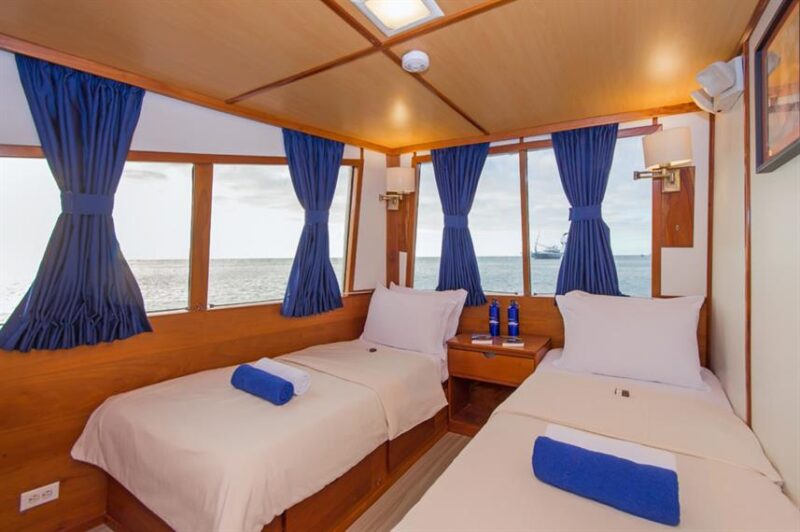
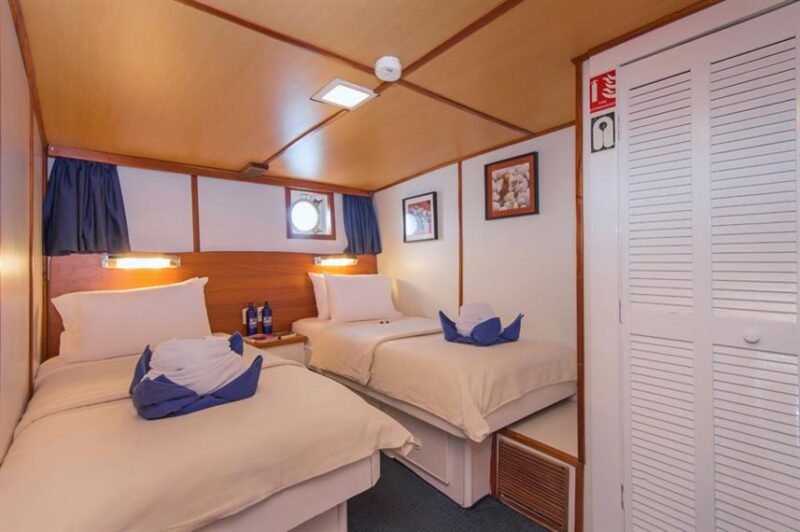
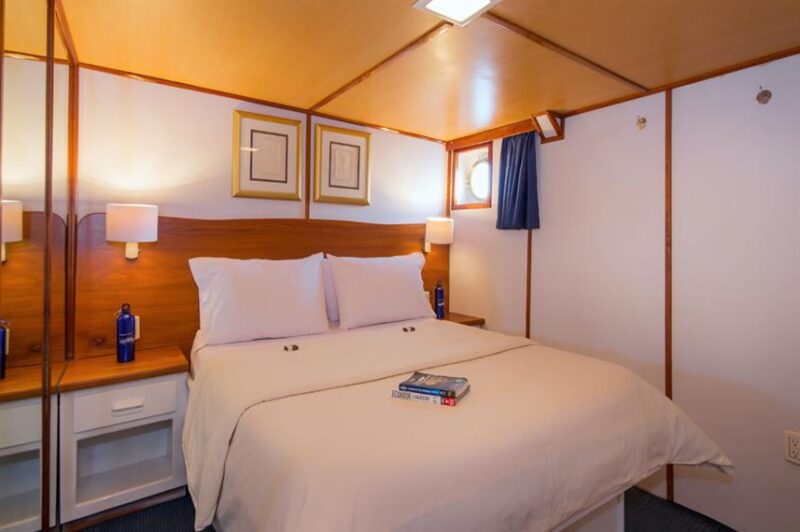
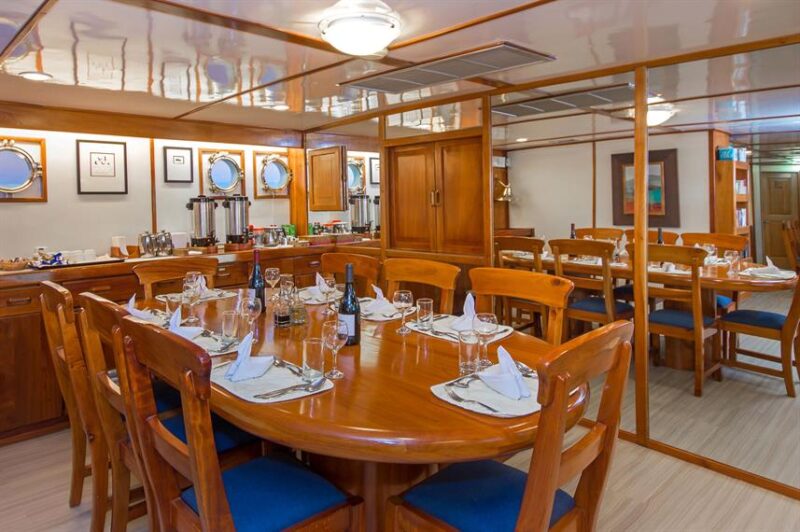
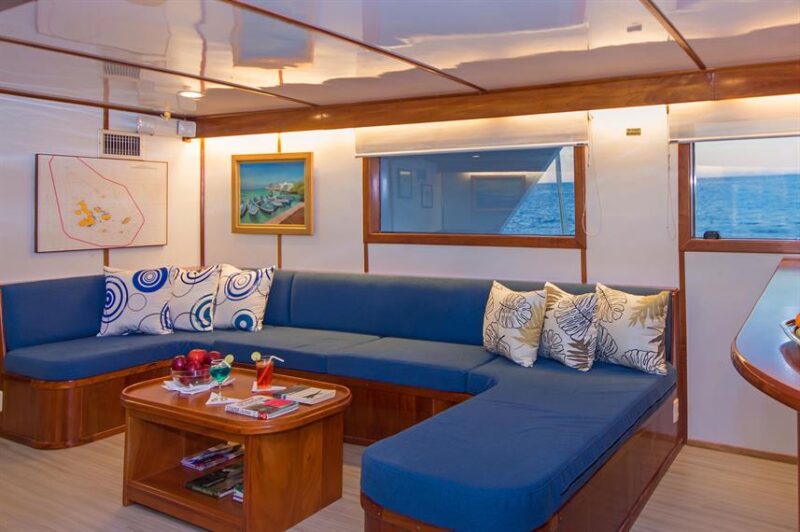
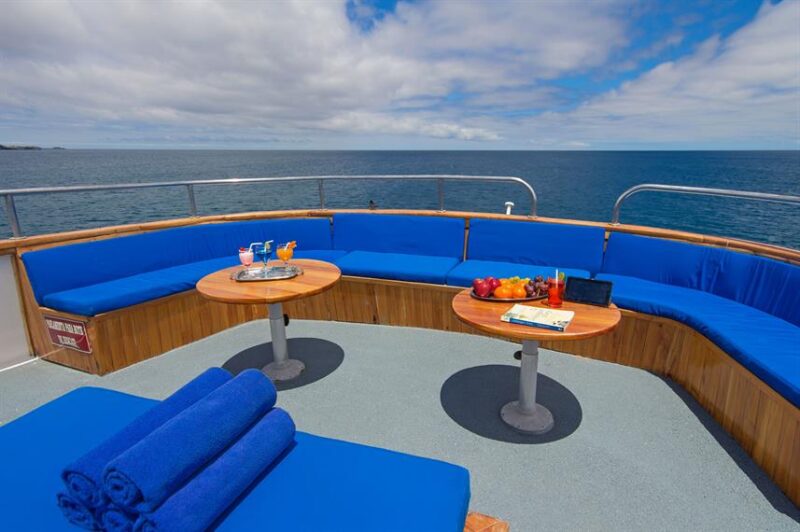


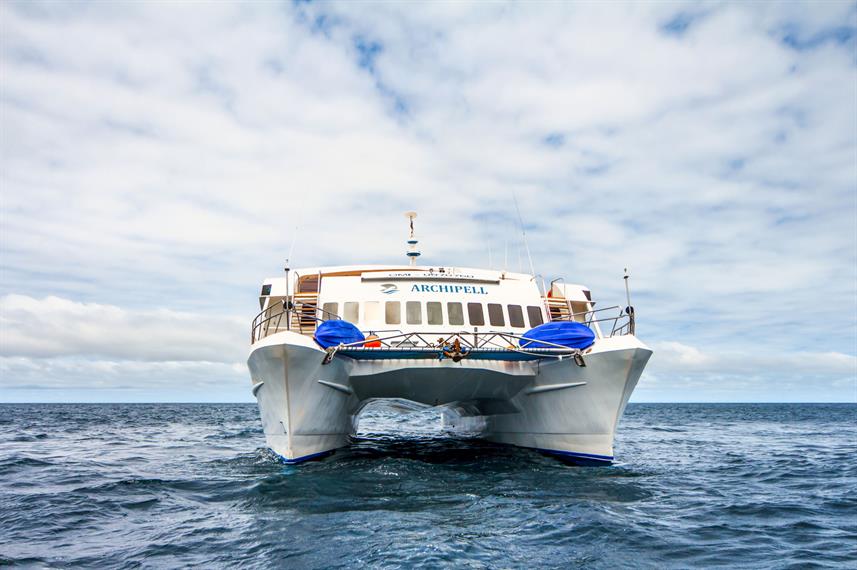

There are no reviews yet.